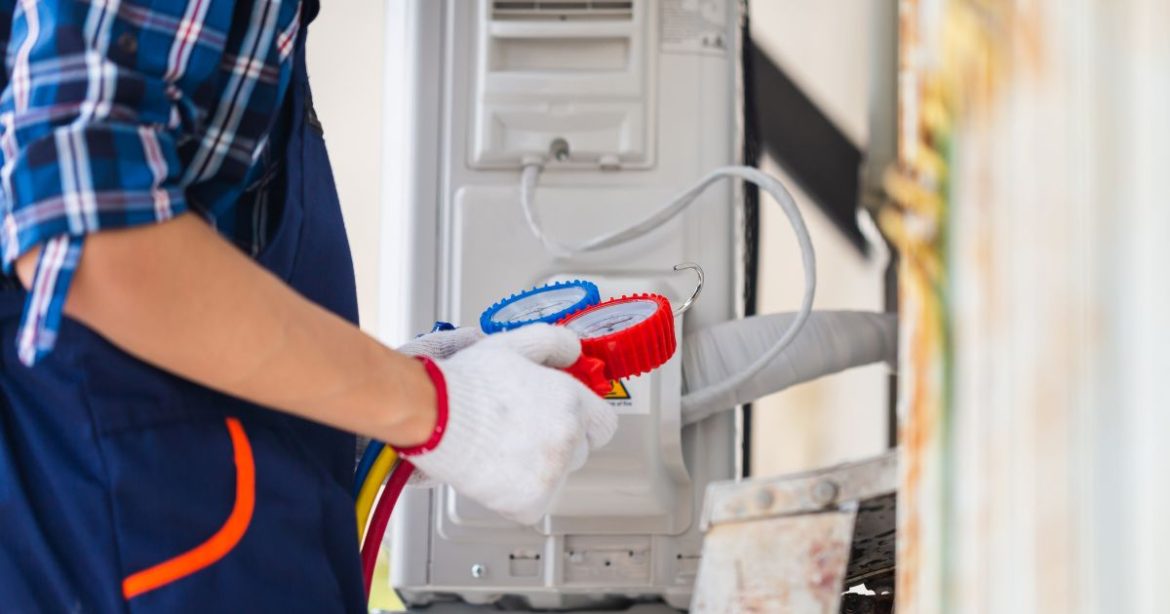Table of Contents
Installing a furnace is essential to maintaining a comfortable and efficient home. A properly functioning furnace can significantly improve indoor air quality, reduce energy costs, and provide consistent heating during the colder months. However, installing a furnace can be a daunting task for many homeowners. In this guide, we will discuss all the key aspects of efficient installation to help you make an informed decision and ensure a smooth installation process.
Choosing the Right Furnace
The first step of efficient furnace installation in Barrington, IL, is to choose the right furnace for your home. With so many options available in the market, selecting the most suitable one can be overwhelming. Here are some key points to consider during furnace selection:
- Type of Fuel: Furnaces can run on various fuels, including natural gas, propane, oil, and electricity. Consider the availability and cost of fuel in your area before making a decision.
- Efficiency Rating: Furnaces have an Annual Fuel Utilization Efficiency (AFUE) rating that indicates how much energy is converted into heat. The higher the AFUE rating, the more efficient the furnace will be.
- Size of the Furnace: Choosing a furnace that is the right size for your home is crucial. An oversized furnace will consume more energy, while an undersized one may not be able to provide sufficient heat.
- Warranty: Look for units with extended warranties, as it can save you from unexpected furnace repair costs in the future.
Preparing for Installation
Before the actual furnace unit installation, there are a few necessary preparations that you should make:
- Clear the Pathways: Ensure all pathways to your furnace and other heating equipment are clear for easy access.
- Remove Obstacles: Remove any obstacles or clutter near the furnace area to avoid accidents during installation.
- Provide Space: Make sure there is enough space around the furnace for proper ventilation and maintenance.
- Turn Off Power and Gas: Before the installation, turn off the power and gas supply to your existing furnace for safety reasons.
Professional Installation
While it may be tempting to DIY your installation, it is always best to hire a professional. A certified HVAC technician has the expertise and equipment to install your furnace efficiently and safely. They can also provide advice and recommendations on the best furnace for your home and offer maintenance tips to prolong its lifespan.
Ductwork Considerations
If you are replacing an old furnace, inspecting your ductwork for any damage or leaks is essential. Leaky ducts can reduce the efficiency of your new furnace and increase your energy costs. Seal any leaks or replace damaged ducts before installing the new furnace.
Post-Installation Maintenance
Once your new furnace is installed, it is essential to follow proper maintenance practices to keep it running efficiently. Here are some tips for post-installation maintenance:
- Change Air Filters Regularly: Dirty or clogged filters can block airflow and minimize your furnace’s efficiency. It is recommended to change them every 1-3 months.
- Schedule Annual Inspections: Regular maintenance by a professional can help identify and fix any potential issues before they turn into costly repairs.
- Keep the Area Clean: Keep the unit’s surrounding area clean and clutter-free to avoid blockages or safety hazards.
Installing a furnace may seem daunting, but with proper research and preparation, it can be a smooth and efficient process. Remember to choose the right furnace for your home, prepare for installation, hire a professional, and follow post-installation maintenance practices to ensure optimal performance from your new furnace.
Don’t wait until winter hits to install a new furnace. Start preparing now and consult an HVAC professional to choose the right furnace for your home. Remember, proper installation is key to maximizing the efficiency and lifespan of your furnace! Contact Aaron & Trecker Heating & Air Conditioning experts at 847-540-9585 today.
